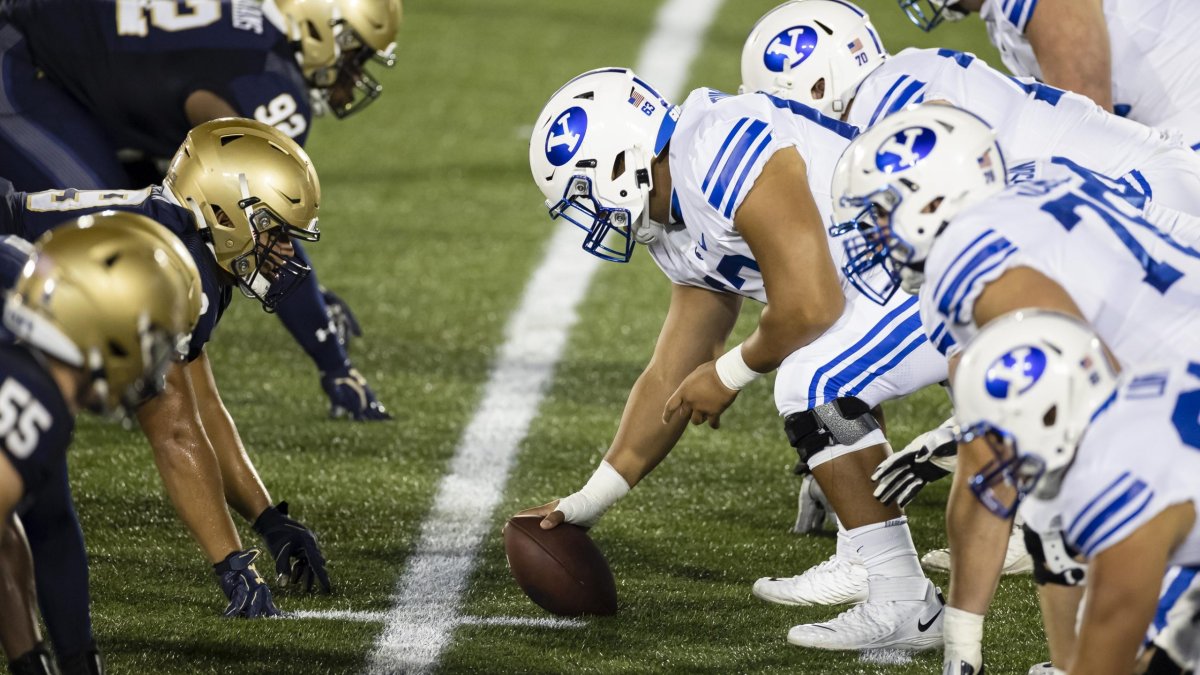Football analysts have made leaps and bounds in deciphering offensive line play. PFF's Eric Eager is one of them, determining that an individual quarterback is most in control of his pressure rate and discovering the most stable metrics for individual offensive line play from college to the NFL.
Additionally, the data show that sacks are primarily a quarterback stat at the NFL level. These are all incredible ways to leverage data to teach us about the game we love, but they neglect the game we really love: college football. Today, we’ll try and change that.
CLICK HERE FOR MORE PFF TOOLS:
Fantasy Draft Kit | PFF Betting Dashboard | PFF Fantasy Rankings
PFF Fantasy Projections | NFL Premium Stats | Win Totals Tracker
Our attempt to analyze college offensive line play will be done through a survival analysis, similar to work done by PFF's Timo Riske in the context of NFL offensive line play.
Survival analysis is a technique used to analyze “time to event” data. A real-world example of using survival analysis is when companies determine how long to make a warranty for a piece of equipment. If a company offers a one-year warranty, typically this is in part because it has done a survival analysis to conclude that the equipment is extremely likely to survive for at least one year.
On the same note, we can perform similar analyses with pressures on passing plays in football. Since PFF has charted both the time to throw and the time to pressure for all FBS passing plays, we can estimate the probability of a quarterback being pressured at a given point in time.
We expect that directly after the snap there is a 100% chance of the signal-caller “surviving” (not experiencing pressure), and after some time, this converges to 0% since even the best linemen cannot protect for forever. We observe that natural cutoffs are 1.5 seconds, where there is a 1% chance for pressure prior to the mark, and five seconds, where there is a 95% chance for pressure after the mark.
Exclusive content for premium subscribers

WANT TO KEEP READING?
Dominate Fantasy Football & Betting with AI-Powered Data & Tools Trusted By All 32 Teams
Already have a subscription? Log in




 © 2025 PFF - all rights reserved.
© 2025 PFF - all rights reserved.